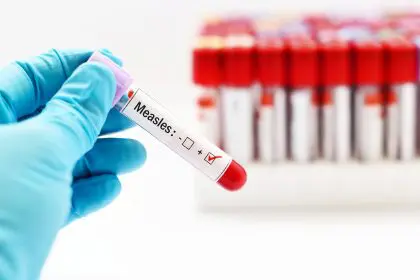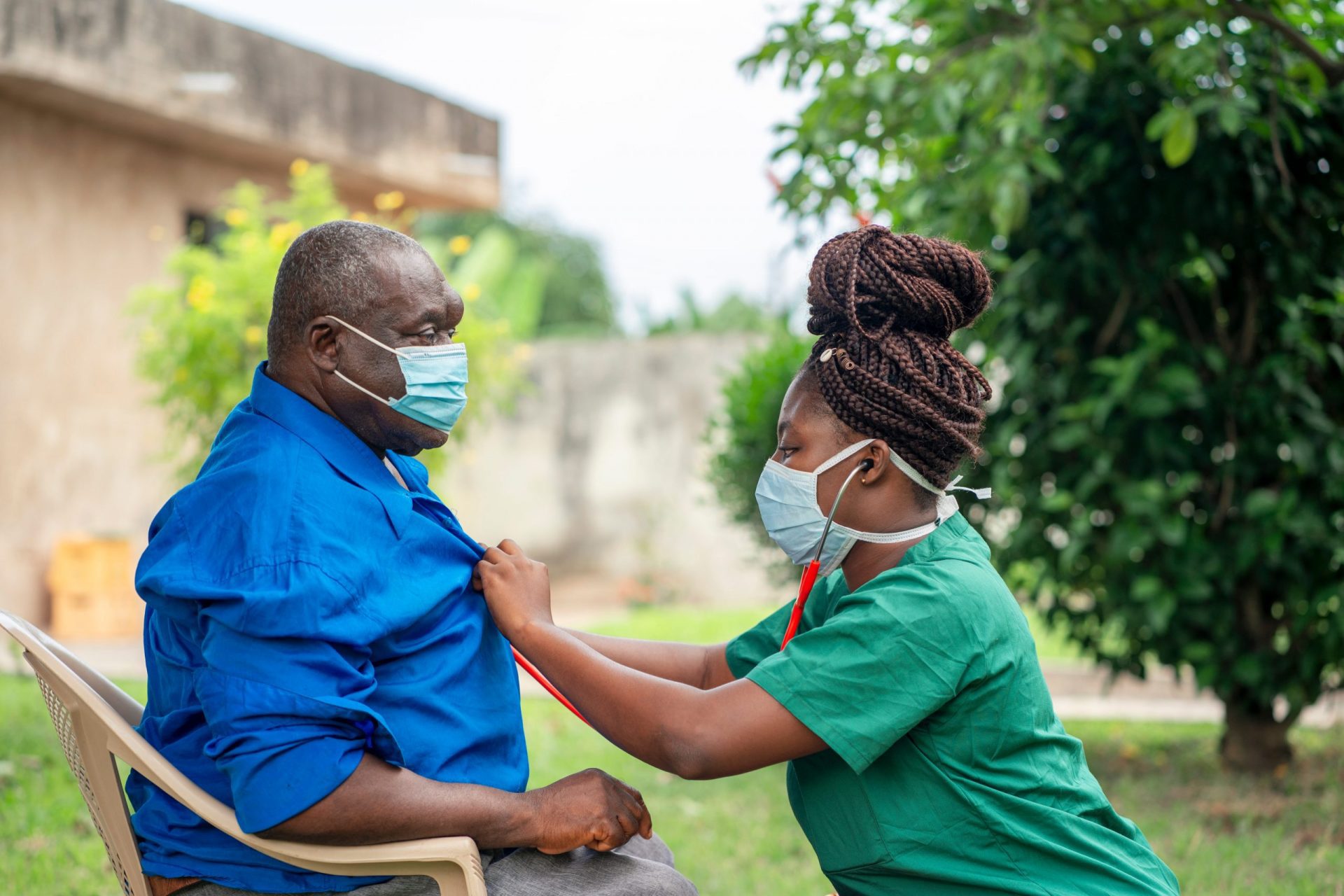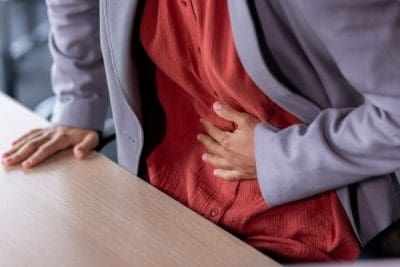We go about our daily routines touching all sorts of surfaces without a second thought. Whether it’s grabbing a door handle or using an ATM, many of these surfaces can harbor harmful bacteria, viruses and other germs that can increase the risk of disease. With public health concerns on the rise, knowing which areas to avoid touching in public can be a simple but effective way to reduce your risk of illness. In this guide, we’ll explore five of the most high-touch, germ-filled spots you should avoid coming into contact with and provide tips on how to stay safe.
1. Public restroom handles: A hotspot for germs
Public restroom handles — including those on doors, toilet flushers and faucets — are some of the dirtiest places you can touch. These surfaces are frequently touched by people who may not wash their hands properly, if at all. Consequently, these areas become breeding grounds for bacteria and viruses, including E. coli and other pathogens that can make you sick.
Whenever possible, use a paper towel or a tissue to open doors or turn off faucets after washing your hands. If the restroom doesn’t offer touchless options, always sanitize your hands right after exiting the space. It may seem like a small action, but it could make a big difference in reducing your exposure to harmful germs.
2. Subway or bus poles: An overlooked risk
Public transportation is essential for many people, but the poles and handrails on buses, subways and trains are hotspots for bacteria and viruses. Thousands of people grab these poles every day, and while many transit systems clean their vehicles, it’s almost impossible to keep these surfaces germ-free for long.
Carry hand sanitizer and use it immediately after holding onto poles or handrails. If possible, try to avoid touching them altogether by maintaining balance without holding on. In crowded areas where this isn’t feasible, wear gloves during your commute, and wash your hands as soon as possible afterward.
3. ATM and touchscreen kiosks: Modern conveniences with hidden dangers
ATMs and touchscreen kiosks at places like grocery stores, airports and restaurants are convenient but rarely sanitized between users. Research has shown that these surfaces can harbor germs such as cold viruses, the flu and even COVID-19, increasing the risk of disease transmission, especially during peak seasons.
Bring a stylus or use your knuckle instead of your fingertip when using touchscreens. Afterward, make sure to sanitize your hands immediately. If you’re using an ATM, consider wiping down the keypad with a disinfectant wipe before entering your PIN.
4. Shopping cart handles: A silent contaminant
Shopping carts seem harmless, but studies show that their handles are some of the dirtiest public surfaces. Countless people handle shopping carts throughout the day, often while carrying items from home or eating snacks, which introduces germs to the handles. Furthermore, parents often place young children in the seats, adding to the bacterial load.
Most stores now offer sanitizing wipes near the entrance, so make sure to wipe down the handle before you begin shopping. Alternatively, you can bring wipes for an extra layer of protection. As always, sanitize your hands after touching the cart, especially before eating or drinking.
5. Escalator handrails: A high-touch danger zone
Escalator handrails are another frequently touched surface that often goes unnoticed. With so many people using them each day, it’s no surprise that these handrails are contaminated with a range of pathogens — including bacteria that can cause respiratory infections or stomach issues.
Avoid touching the handrails as much as possible. If you need to hold on for balance, use a tissue or wear gloves. Once you’re off the escalator, make sure to sanitize your hands or wash them thoroughly as soon as you can. This simple step can reduce your exposure to harmful microbes.
Protecting yourself and others
Avoiding these high-risk surfaces isn’t just about protecting yourself — it’s also about protecting your loved ones and the people around you. Every time you take precautions, you’re contributing to a healthier environment. Public spaces — especially during flu season or a pandemic — can be hotspots for disease transmission. By minimizing your exposure to dirty surfaces, you reduce the likelihood of carrying germs back to your home or workspace, potentially infecting others.
How to turn these practices into daily habits
Be prepared: Carry a small bottle of hand sanitizer and disinfectant wipes wherever you go. Knowing that you have the tools to clean your hands or sanitize surfaces can make a huge difference in your everyday health routine.
Mindful touching: Consciously think about what you’re touching in public. Before reaching out to grab a handrail or open a door, ask yourself if it’s necessary. If it is, use your sleeve, a tissue or another barrier to avoid direct contact.
Use technology: Take advantage of touchless payment systems like Apple Pay or Google Wallet when making purchases. Many public spaces are now offering these convenient options to limit the need for physical contact with potentially dirty surfaces.
Protecting your health is in your hands
Public surfaces can be full of hidden dangers, but with some awareness and a few simple precautions, you can reduce your risk of disease significantly. From avoiding public restroom handles to being cautious with shopping carts, these small habits can make a big difference in your overall health. By paying attention to the surfaces you touch and taking steps to protect yourself, you’re not only safeguarding your well-being but also helping to limit the spread of disease in your community. So, the next time you’re out and about, remember that protecting your health is quite literally in your hands.
Implementing these habits may seem tedious at first, but over time, they become second nature, offering you peace of mind in knowing that you’re doing your best to stay safe in a world filled with invisible threats.
This story was created using AI technology.

















